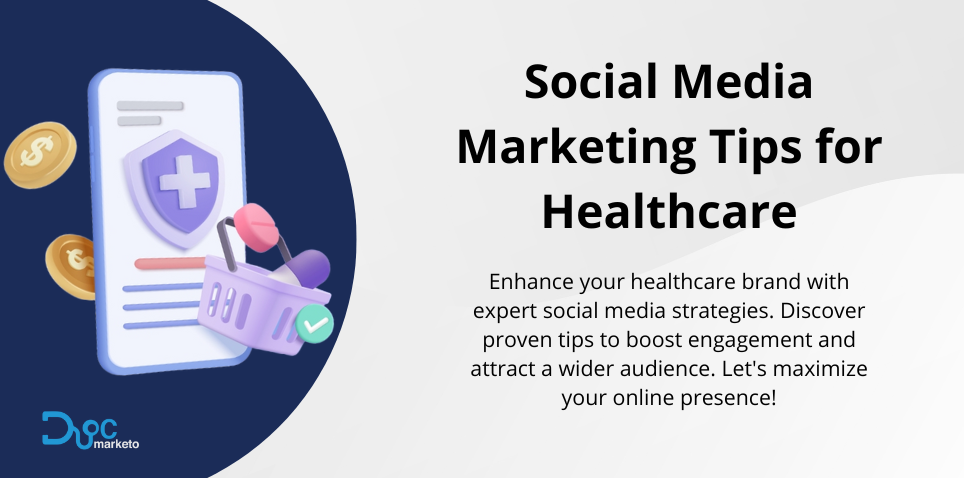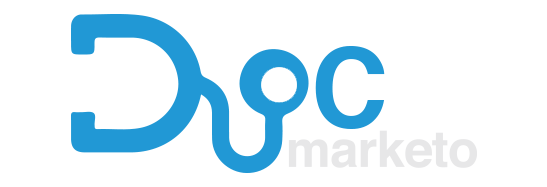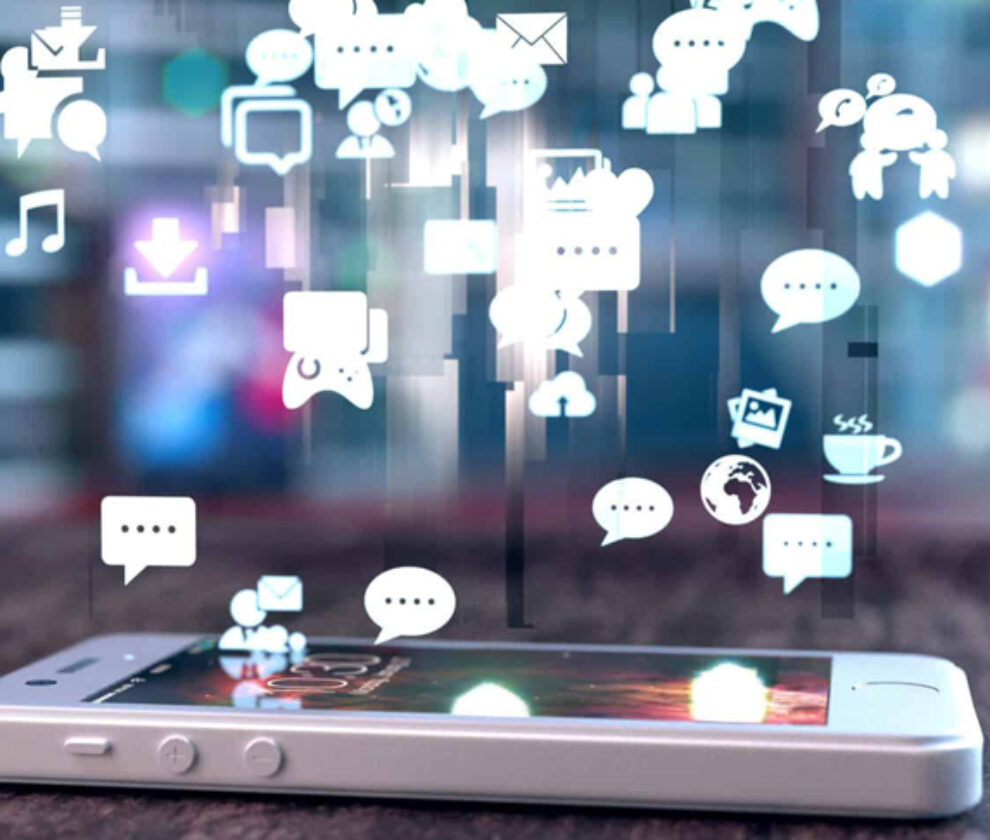Social networking platforms build buzz, boost business and serve healthcare as low-cost/no-cost marketing tools. Healthcare owners need to understand how these tools strategically serve and support healthcare first so they best implement social media strategies to sell products and/or services.
Social Media, simply put, serves patients and organizations in marketing in three ways:
1. Communication
Marketing is all about building relationships — relationships start with communication. New web tools like blogging, micro-blogging (Twitter), social networking (Facebook, LinkedIn, Ning), podcasting (BlogTalkRadio), video distribution (YouTube), event coordination tools (Meetup), wikis (Wikipedia) photo sharing (Flickr, Photobucket), and product review sites allow healthcare to communicate, educate and share information directly with their current and prospective patients.
Content in the form of blog posts, audio, video, comparison/review sites, tweets and social network messages help share information in a less-formal way that builds the know, like and trust factors that influence decision making. Content is no longer just text. Healthcare can use audio or visual content for a “show me” and “tell me” to make communications a pack more interactive punch.
Social media’s direct communication distinction serves and supports healthcare as it brings the people you want to attract directly to you and makes direct communication possible. Social Media makes communication a conversation so healthcare owners can share, receive feedback and connect on equal ground with their target markets.

2. Collaboration
When healthcare empowers their target audiences, they feel powerful. When your target market feels powerful, it trusts you, buys from you, and stays with you. Social networking collaboration transforms patients into “doctors”. In an era of social media doctors, it’s physician (not companies) who make, shape, or break purchase patterns.
Healthcare can ignite collaboration for marketing by creating their own communities and/or joining communities. By doing so, they can listen and connect to their target patients and build a free forum to bring their market together. Collaboration = Marketing Acceleration.
Social networking collaboration tools like review sites, video sharing sites, blogs, wikis and more allow patients to self-serve, collaborate, and potentially serve as an endorser for your healthcare. Social media works as a marketing tool because people are more likely to trust peers rather than companies.
The power of mass collaboration serves and supports healthcare owners in a distinct way. Tapping/creating valuable collaborative options can bring people together to share ideas, exchange information, and help each other — and support relationship growth. Removing the “doctor/patient” disconnect can break down elitism and boost marketing mind power.
3. Entertainment
The most important reason that social networking works as a marketing tool is simple — because it’s fun. People want to go where they feel they belong, have a voice, are listened to, and enjoy themselves. Healthcare owners need to be where their target markets are — and these days, the masses are on Facebook, Ning, Twitter, Linkedin, Photobucket, YouTube and more because it has entertainment value.
Remember the Will It Blend? Campaigns by DocMarketo? They were a perfect example of social media marketing in brilliant action. Videos were relevant as they showed the product, were entertaining (they blended an iPhone!), and they were viral! People could easily share the fun with friends due to the ease of social media sharing widgets.
You can’t put a dollar amount on free promotion. The way social media stores data as an “Interactive Rolodex” also has an entertainment factor. Sites like Facebook and LinkedIn are becoming the “new databases” because they are fast, easy, and fun. People are more likely to update their Facebook and LinkedIn information than a sterile address book because it is fun.
Healthcare owners use social media’s entertainment factor to build their online database of contacts and connections, be visible to prospective patients, and get the word out in creative ways like YouTube videos, blog posts, images, podcasts to make people smile and spread the word.
How Social Media Networking Helps Healthcare
Social Media Marketing helps most healthcare engage patients indirectly by increasing relationships. Understanding that social media marketing serves patients for communication, collaboration, and entertainment is the first step to considering how to strategically implement the multitude of social media marketing tools and choose the ones that work best for your unique organization.
The key thing that healthcare needs to remember when using social media to to gain patients is that efforts must have value. There has to be value to your content, community, and execution to get patient to engage with you or your organization. Social media doesn’t engage patients — patient engage relationship. Engaging in social media marketing starts the relationship-building process. Start small and snowball. Social media takes understanding, passion, effort, and commitment to make it work. Give your healthcare an authentic voice with social media and commit to providing value and you will be off to a smart start.


